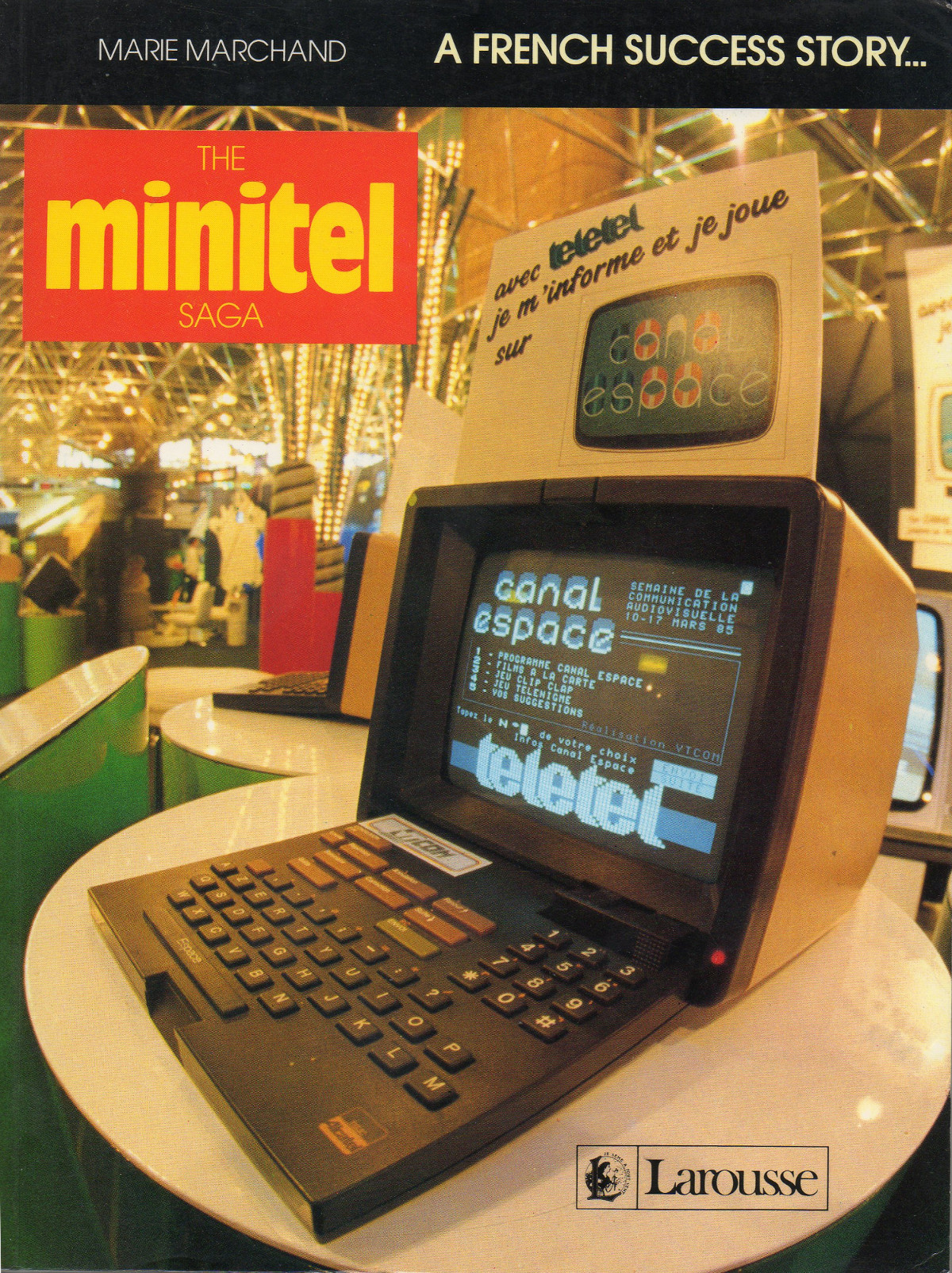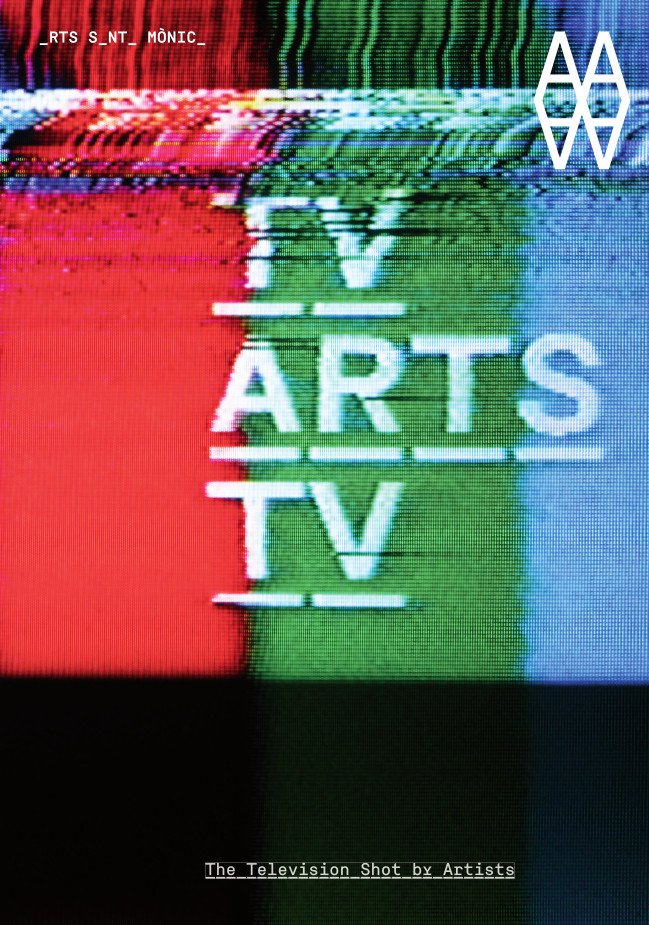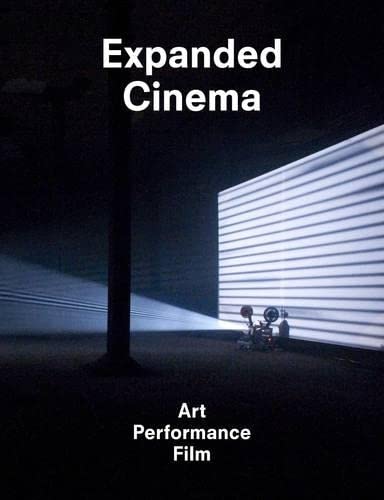Marie Marchand: The Minitel Saga: A French Success Story (1988)
Filed under book | Tags: · computing, france, networks, technology, telephone, video, virtual communities

The only English-language monograph on the popular Videotex online service Minitel, which operated in France between 1978-2012.
“Minitel was proposed and adopted in 1978, the same year that Simon Nora and Alain Minc submitted their influential report The Computerization of Society in which they coined the term ‘telematics’. Minitel also came on the heels of a “phone-in-every-home” program (pre-dating the One Laptop Per Child project by many decades) that was proposed in 1975 by then-general manager of France Telecom Gérard Théry to increase subscriber telephone lines; Théry firmly believed the telephone was going to be the cornerstone of any computerized country – “A phone in every home is the cutting edge of a computer in every home.” Just three years later in 1978, 2500 people in the Parisian suburb of Vélizy had volunteered to use the system initially called “Teletel.” Marie Marchand tellingly writes in The Minitel Saga: A French Success Story that while “households used the system six times a month on average, consulting 20-odd services for a total connect time of one-and-a-half hours per month…”, “These overall figures concealed a number of pronounced disparities…Age disparity: people under 30 used their terminals more than those over 30. Gender disparity: women used them but little. Class disparity: top executives connected more often than midle management types, who in turn called more often than blue collar workers. Further, a flagrant disparity emerged in terms of services used. Five service providers alone accounted for over half the calls…” (53)
In 1982, instead of delivering increasingly expensive and difficult to update telephone book directories, France Telecom loaned Minitel terminals to residents all across France. By 1988, 3.5 million Minitel sets had been installed with users logging six million hours per month and taking advantage of 8000 services. And by 1999, roughly 9 million terminals could access to the network in turn used by 25 million people who took advantage of 26,000 services. By this time, not only had Minitel inaugurated an era that continues today of disparities between visible and invisible (or even absent) users based on gender, race, sexuality, and socio-economic status, but it also inaugurated the era of online pornography, the use of networks to coordinate student protests, and experiments with pseudonymous online identity.” (Lori Emerson)
Translated and adapted from the French by Mark Murphy
Publisher Larousse, Paris, 1988
ISBN 2035182409, 9782035182401
197 pages
via Lori Emerson
Resources: Minitel.org, Minitel Research Lab.
Comment (0)TV ARTS TV: The Television Shot by Artists (2010)
Filed under catalogue | Tags: · art, television, video, video art

Catalogue of the exhibition held at Arts Santa Mònica, Barcelona, Oct. 15-Dec. 5, 2010.
“TV Arts TV explores the relationship between art and television, from the 1960s to the present, and how artists from around the world have approached this powerful medium, how they have aspired to transform it, and how they have imagined other uses for it. The exhibition brings together pieces (single-channel videos and installations), experiences (direct accounts by the people involved) and reflections (documents, texts, projects) representing and explaining utopias and dystopias, the fascinating and aggressive sides to the mythical TV set.”
With texts by Valentina Valentini, Jean-Paul Fargier, Barbara London, Gaia Casagrande, Barbara Goretti, Iván Marino, Antoni Mercader, Giulia Palladini, Marco Senaldi, Vito Acconci, Judith Barry, Gary Hill, Dan Graham, Antoni Muntadas, and Nam June Paik.
Edited by Valentina Valentini
Publisher La Fábrica, Madrid, and Arts Santa Mònica, Barcelona, 2010
ISBN 8492841605, 9788492841608
160 pages
via Valentina Valentini
PDF (34 MB)
Comment (0)Expanded Cinema: Art, Performance and Film (2011)
Filed under book | Tags: · art, art history, cinema, expanded cinema, film, film history, performance, video, video art

“The term ‘Expanded Cinema’ encompasses film, video, performance and multiple-projection. While video in the gallery has received much attention recently, Expanded Cinema looks at many kinds of experiment beyond the gallery space. Leading scholars from Europe and North America trace expanded and multi-screen cinema from its origins in early abstract cinema and the Bauhaus era to post-war happenings and live events in Europe and the US, the first video and multi-media experiments of the 1960s, the fusion of multi-screen art with sonic art and music from the 1970s onwards, right up to the digital age. The book brings new perspectives to bear on the work of established American pioneers such as Carolee Schneemann and Stan Vanderbeek as well as exploring expanded cinema in Western and Central Europe, the influence of video art on new media technologies, and the role of British expanded cinema from the 1970s to the present day. Uniquely, it situates expanded cinema in the context of the radical arts. It shows how artists challenged the conventions of spectatorship, the viewing space and the audience, to explore a new participatory and performative cinema beyond the single screen. It includes interviews with key artists as well as previously unpublished artists’ texts.”
Edited by A.L. Rees, Duncan White, Stephen Ball and David Curtis
Publisher Tate Publishing, London, 2011
ISBN 1854379747, 9781854379740
312 pages
via evernever
Reviews: Andrew Utterson (Screen), Richard L MacDonald (MIRAJ).
PDF (61 MB, updated on 2023-9-25)
Comments (2)
